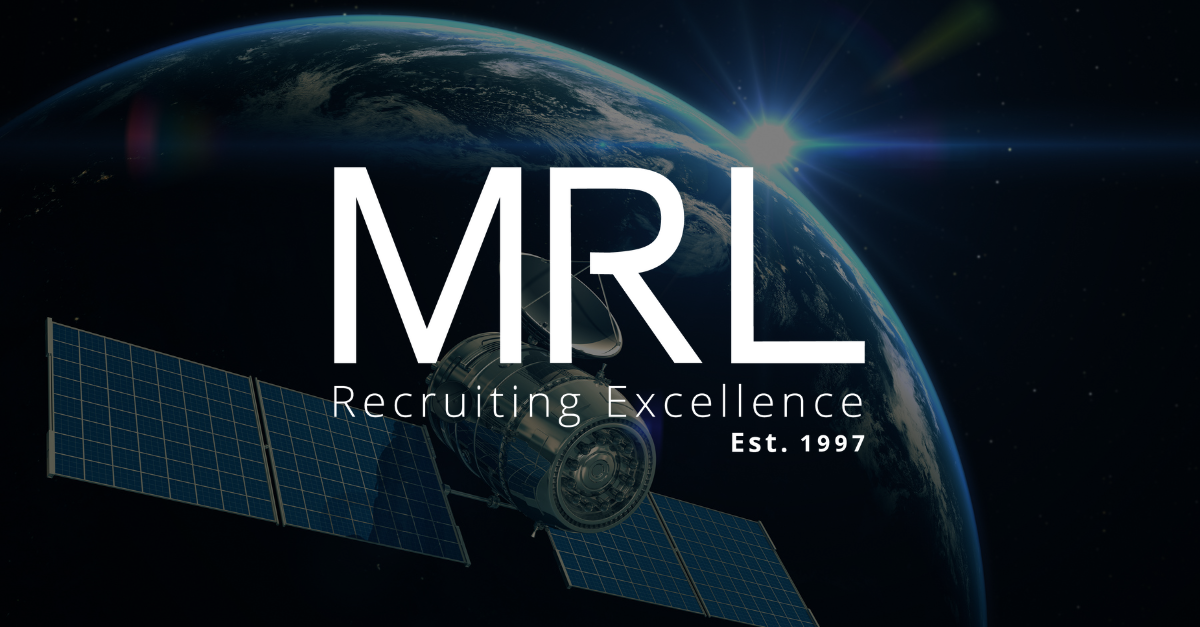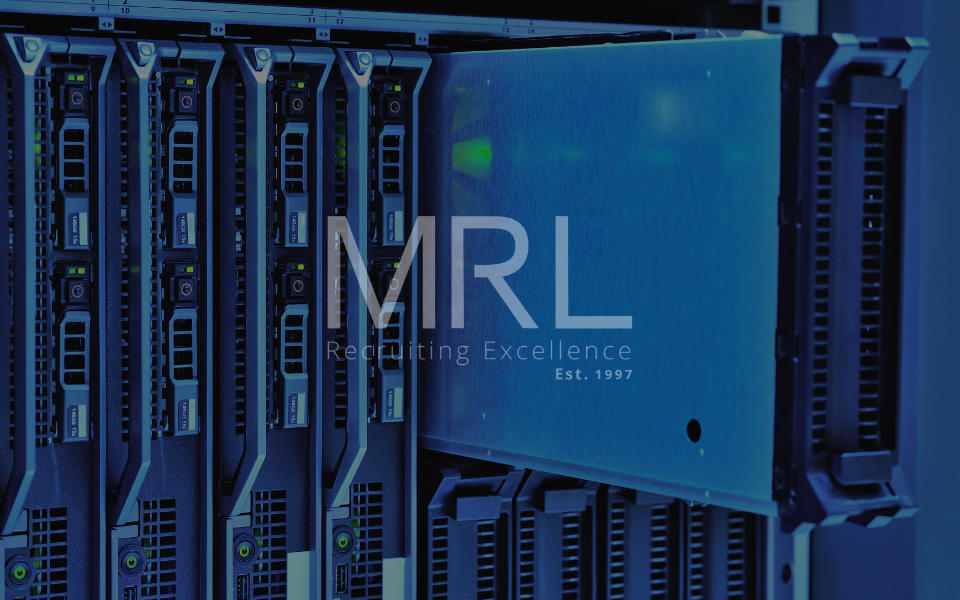How AI and 5G will power the next wave of Innovation
31 Jul, 20235 minutes5G is poised to revolutionize several industries, including healthcare, education, transport...

5G is poised to revolutionize several industries, including healthcare, education, transportation, and more. 5G operates at unparalleled speed, capacity, and low latency. Its developing partnership with AI will accelerate this process drastically. By facilitating rapid data transfer and analysis, 5G empowers AI systems to process large datasets in real-time, enabling faster decision-making and more responsive applications.
What role will 5G play with AI?
The combination of AI and 5G technology has the potential to transform urban environments and enhance a variety of technical applications, creating a robust infrastructure for positive change. Here are some ways that 5G will improve AI:
Smart Cities
Combining AI and 5G can change urban environments and how we live and work in cities. AI can analyze big data from the Internet of Things (IoT), cameras, and sensors, to optimize energy consumption, traffic flow, waste management, and public safety.
- Optimizing energy consumption: AI can analyze data from IoT devices to identify patterns in energy usage and identify opportunities for savings.
- Improving traffic flow: AI can use data from sensors and cameras to track traffic patterns and optimize routing.
- Managing waste: AI can use data from sensors to track waste collection and identify areas for improvement.
- Enhancing public safety: AI can use data from cameras and sensors to identify potential threats and improve emergency response times.
Autonomous vehicles
AI algorithms combined with the low-latency and high-speed capabilities of 5G can enhance autonomous driving systems, enabling real-time communication between vehicles and infrastructure. This technology can improve road safety, traffic management, and transportation efficiency.
Faster data transfer
5G networks provide significantly faster data transfer speeds compared to previous generations. This enables quicker and more efficient communication between AI-powered devices, reducing latency and enabling real-time data processing and analysis.
Enhanced IoT Connectivity
The Internet of Things (IoT) relies on seamless connectivity between numerous devices. 5G facilitates the integration of AI into IoT systems by offering reliable, high-speed connections for a vast number of devices. This enables more comprehensive data collection, analysis, and automation.
Edge computing
5G networks enable powerful edge computing capabilities, allowing AI processing to be performed closer to the data source, this reduces the need for transmitting large amounts of data to centralized servers, resulting in lower latency and fast response times. AI algorithms can be deployed and run on edge devices, such as smartphones or IoT sensors, enhancing real-time decision-making.
Natural Language Processing (NLP) and Voice Assistants
AI-powered NLP algorithms paired with 5G connectivity can enable more advanced voice assistants and natural language understanding. This would develop the relationship between humans and computers, improve voice-based search, and enable hands-free control in various applications.
Augmented Reality (AR) and Virtual Reality (VR)
5G’s high bandwidth and low latency are ideal for AR and VR applications. AI can enhance these experiences by analyzing user interactions and providing personalized content or recommendations. For example, AI algorithms can track user movements, gestures, and eye gaze to improve immersion and interactivity in AR/VR environments.
How will AI improve 5G networks?
AI is becoming an increasingly powerful technology with the potential to have near-limitless capabilities. The current model of 5G is vastly superior to its predecessor, 4G; however, if the 5G network integrates AI, its speed, reliability, data transfer, and data processing could change the future of humanity and how we operate digitally.
Network optimization
AI algorithms can analyze vast amounts of data collected from the network infrastructure, user devices, and sensors to optimize network performance. By identifying patterns and trends in data traffic, AI can dynamically adjust network parameters, allocate resources efficiently, and mitigate congestion issues. Such algorithms ensure a smoother user experience, reduced latency, and improved overall network performance.
Predictive maintenance
AI-powered predictive analytics can monitor network components and identify potential faults or performance degradation before they occur. By analyzing historical data and real-time monitoring information, AI algorithms can detect anomalies and predict when specific network elements might fail. Predictive analytics enable proactive maintenance, reducing downtime and enhancing network reliability.
Network security
AI can enhance the security of 5G networks by detecting and mitigating cyber threats in real-time. AI algorithms can analyze network traffic patterns, identify suspicious activities, and respond to security breaches promptly. By continuously learning and adapting to new threats, AI can provide proactive security measures and protect the network infrastructure and user data.
Energy efficiency
AI can optimize the energy consumption of 5G networks. By analyzing network traffic and demand patterns, AI can dynamically adjust power usage and optimize resource allocation. This can lead to significant energy savings and reduced operational costs for network operators.
AI and 5G adoption challenges & solutions
AI and 5G are complex and intricate technologies that pose several challenges to overcome to reach their potential and what benefits they offer.
Network infrastructure requirements
Implementing 5G networks requires significant investments in infrastructure upgrades, including installing additional base stations, small cells, and fiber-optic connectivity. This expansion is crucial to ensure comprehensive coverage and support the massive influx of data generated by AI applications.
Stakeholders, including governments, telecommunication companies, and technology providers, must collaborate to accelerate the deployment of 5G infrastructure. Public-private partnerships, policy support, and regulatory frameworks can foster investments and streamline the rollout of 5G networks, facilitating AI integration on a broader scale.
Data Security and Privacy
As the volume of data generated and processed by AI systems increases, ensuring robust data security and privacy becomes a paramount concern. Vulnerabilities in 5G networks, such as the potential for malicious attacks or data breaches, can pose significant risks to sensitive AI-powered applications.
Implementing multi-layered security protocols, including encryption, authentication, and intrusion detection systems, is vital to safeguard data integrity and privacy. Continuous monitoring, threat intelligence, and collaboration between security experts and network operators can fortify the protection of AI systems running on 5G networks.
Read our full article on 5G security concerns and privacy risks here.
AI Model Complexity and Deployment
Complex AI models require substantial computing power for training and inference, making it challenging to deploy them on resource-constrained edge devices. The limited computational capabilities of edge devices pose a bottleneck in realizing the full potential of AI applications in real-time scenarios.
Leveraging the capabilities of edge computing can address the challenges of AI model deployment. By processing data closer to the source, edge devices can offload computational tasks and reduce latency. Additionally, federated learning techniques can enable distributed training of AI models, allowing devices to collaboratively learn without exposing sensitive data.
Ethical and Legal Implications
AI systems empowered by 5G can generate profound societal impacts, raising concerns about ethics, bias, transparency, and accountability. Ensuring responsible and ethical AI adoption is crucial to reduce improper use of data.
Developing robust ethical frameworks and guidelines that govern the deployment and usage of AI on 5G networks is essential. Collaboration between policymakers, industry experts, and researchers can establish responsible AI practices, promote transparency, and address bias and fairness concerns.
Get in touch
If you enjoyed reading this article and want to explore a new career within this industry, get in touch here.




